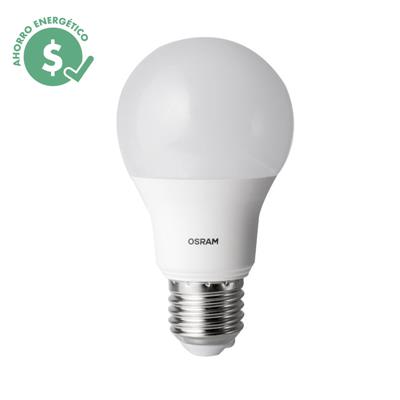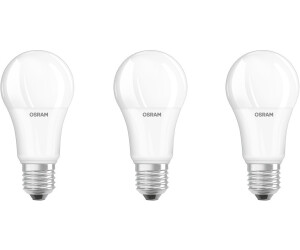
Osram SubstiTUBE LED T8 Advanced (UN) Standard Output 14W 2100lm - 840 Cool White | 120cm - Replaces 36W| Any-lamp

SYLVANIA LED TruWave Natural Series PAR38 Light Bulb, 120W Equivalent, Efficient 14W, Medium Base, Dimmable, 3000K,

Box of 10 - Osram 14w 1200mm 4ft T8 LED Tubes, 2100lm (150lm/w), 4ft T8 Fluorescent Replacements, 5 Year Warranty, SubstiTUBE Advanced Range | Clear Sky Distributors















